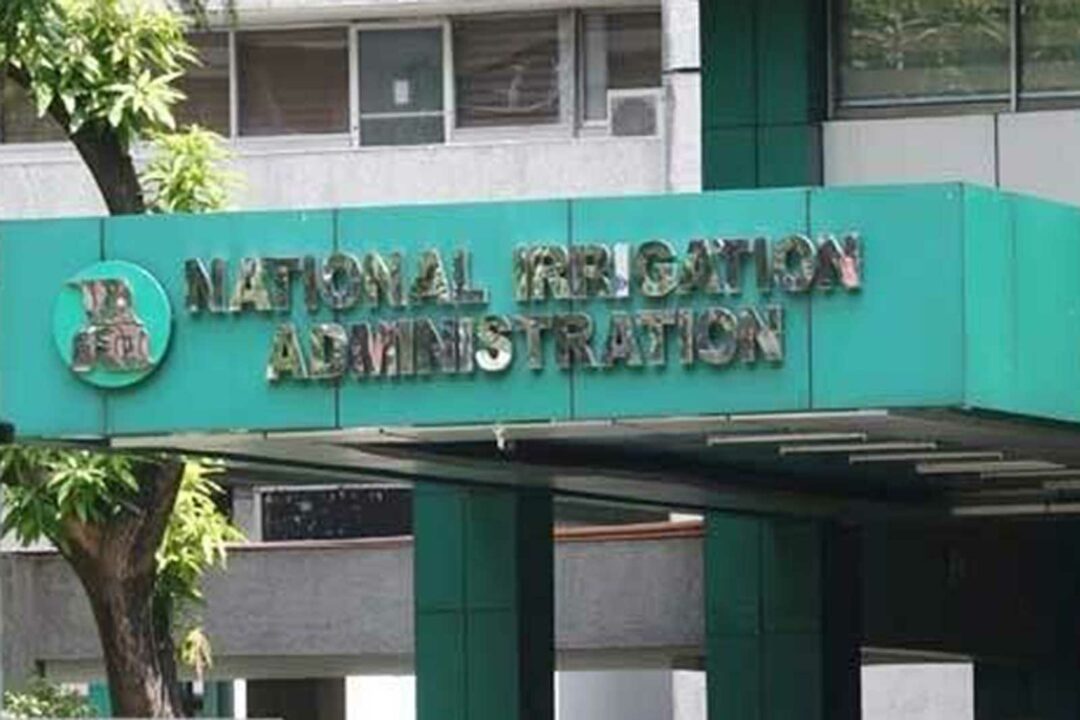
SUBSIDIES provided to government-owned and -controlled corporations (GOCCs) fell by over 7% in May, the Bureau of the Treasury (BTr) said.
Budgetary support to GOCCs fell 7.3% to P7.388 billion in May from P7.968 billion a year earlier, the BTr said.
Month on month, subsidies declined 17.5% from the P8.958 billion in April.
The government provides subsidies to GOCCs to help cover operational expenses not supported by revenue.
In May, the National Irrigation Administration (NIA) was the top recipient, with more than half or 57.17% of subsidies during the month. It was granted P4.224 billion.
This was followed by the National Food Authority (NFA), which got P849 million.
The National Housing Authority (NHA) received P363 million in May.
Other top recipients were the Philippine Fisheries Development Authority (P319 million), the Philippine Heart Center (P271 million), the Philippine Rice Research Institute (P239 million), the Philippine Children’s Medical Center (P173 million), and the National Kidney and Transplant Institute (P125 million).
GOCCs that were given at least P50 million were the Development Academy of the Philippines (P81 million), Philippine National Railways (P71 million), Lung Center of the Philippines (P70 million), and the National Dairy Authority and Philippine Coconut Authority (P65 million each).
The Civil Aviation Authority of the Philippines, Philippine Crop Insurance Corp., Philippine Health Insurance Corp., Philippine Postal Corp., Power Sector Assets and Liabilities Management Corp. (PSALM), and Small Business Corp. did not receive subsidies during the month.
In the first five months of the year, subsidies amounted to P37.654 billion. This was 4.3% lower than the year earlier P39.359 billion.
The NIA took in 48.56% of the subsidies in the first five months with P18.286 billion to lead all GOCCs. This was followed by PSALM with P5 billion and the NFA with P4.101 billion.
Rizal Commercial Banking Corp. Chief Economist Michael L. Ricafort said that lower subsidies during the month reflect better financial performances and profitability of some GOCCs amid improving conditions with the economy opening up again.
“With no large lockdowns since 2022, there has been less of a need for GOCCs to provide various COVID lockdown and other assistance programs, thereby reducing the necessary funding/subsidies from the National Government,” he said in a Viber message.
He also credited “greater fiscal discipline and other fiscal reform measures that all helped narrow the budget deficit and curb growth in the National Government’s outstanding debt.”
In 2022, GOCC subsidies increased 8.5% to P200.41 billion. — Luisa Maria Jacinta C. Jocson
GOCC subsidies down 7% in May
Source: Bantay Radio
0 Comments